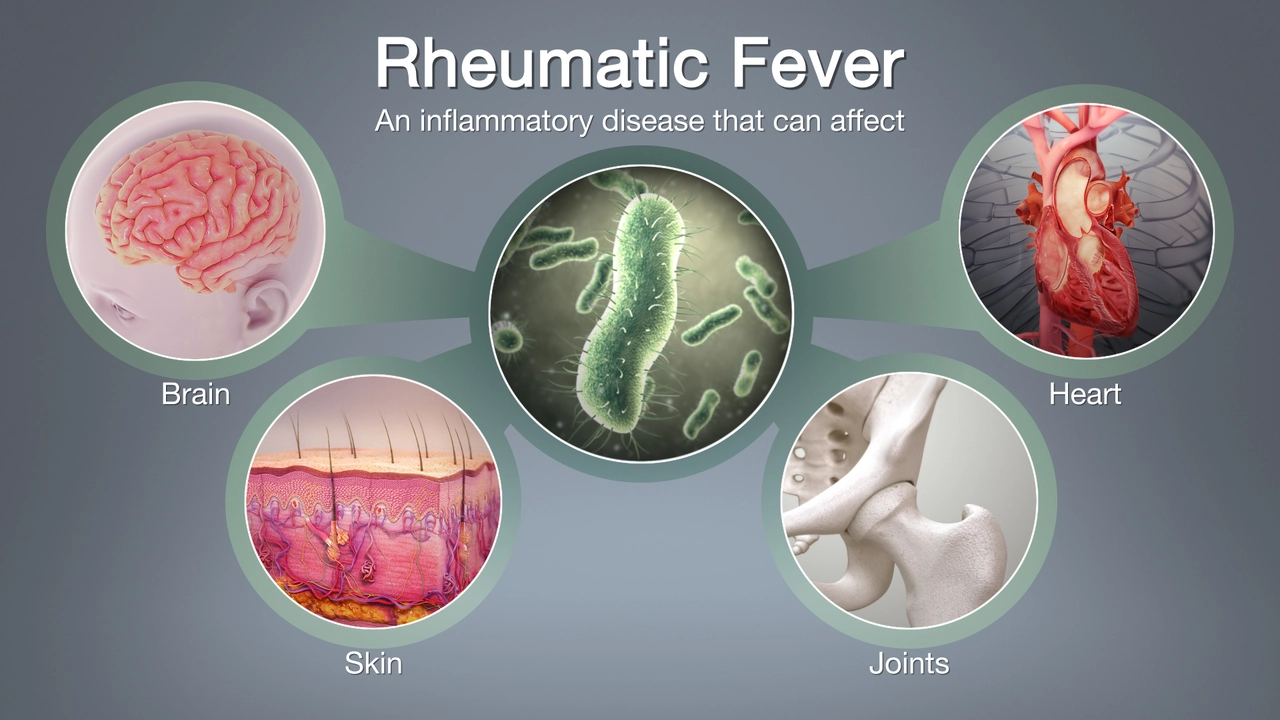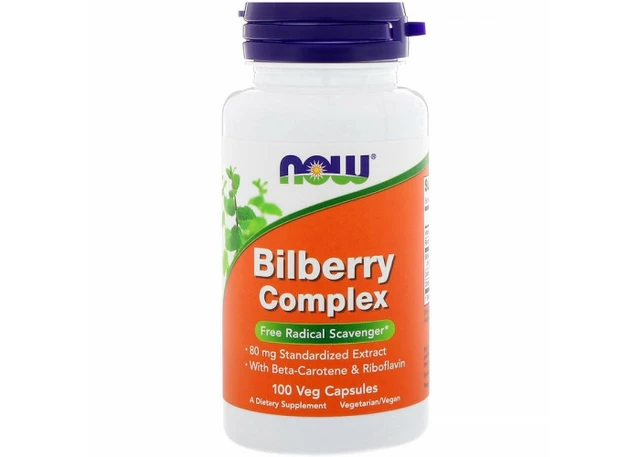Skin Irritations: What Causes Them and How to Find Fast Relief
If you’ve ever dealt with an itchy patch that just won’t quit, you know how annoying skin irritations can be. They show up as redness, swelling, or a burning sensation and can pop up anywhere – arms, legs, face, even hands. The good news is most of them have easy fixes you can try at home before reaching for a prescription.
Common Triggers You Might Not Expect
Everyday stuff often sparks irritation. New detergents, tight clothing, or even a change in weather can irritate the skin’s barrier. Allergic reactions to foods, pollen, or pet dander also create rash‑like bumps that itch nonstop. If you’ve started a new skincare product and notice a flare‑up within days, it’s probably the culprit.
Another hidden cause is over‑scratching. When you rub an itchy spot, you damage the top layer of skin, which releases more histamines and makes the itching worse. Breaking that cycle early can stop the problem from getting out of hand.
Quick Home Remedies That Actually Work
First, cool it down. A cold compress for five minutes reduces swelling and numbs the nerve endings that send itch signals. If you have a bathtub, soak in lukewarm water with oatmeal or baking soda – both calm inflammation without drying out the skin.
Moisturizing is key. Pick a fragrance‑free cream or ointment that contains ceramides or petroleum jelly. Apply right after bathing while the skin is still damp; this locks in moisture and repairs the barrier faster.
Over‑the‑counter antihistamines like fexofenadine (Allegra) can help if an allergy is behind the rash. They block histamine release, easing itch and redness within an hour. For localized relief, a 1% hydrocortisone cream works well on small patches, but avoid using it for more than a week without a doctor’s advice.
When you need something fast, try a topical anti‑itch spray with menthol or camphor. The cooling sensation distracts nerves and offers instant comfort, especially useful for bug bites or minor contact dermatitis.
If the irritation is spreading, oozing, or accompanied by fever, it’s time to see a professional. Persistent rashes might be eczema, psoriasis, or a bacterial infection that requires prescription medication.
Remember to keep nails trimmed short – this prevents accidental skin breaks when you scratch. Wearing breathable fabrics like cotton and avoiding tight bands around joints reduces friction that can trigger flare‑ups.
In summary, identifying the trigger, soothing the area with cool compresses and moisturizers, and using OTC antihistamines or hydrocortisone usually puts most irritations to rest. Stay observant, act quickly, and you’ll keep your skin comfortable without a trip to the clinic.

The connection between skin irritations and autoimmune diseases.
In my recent exploration, I've discovered a fascinating link between skin irritations and autoimmune diseases. Autoimmune diseases can lead to skin issues as the immune system mistakenly attacks the body, affecting the skin too. Common skin irritations like psoriasis and lupus are often associated with these diseases. These conditions cause the skin to become inflamed, red, itchy, and sometimes painful. It's crucial to understand that if you're dealing with persistent skin irritations, it might be more than just a skin issue but an underlying autoimmune disease.





